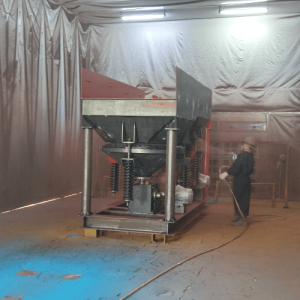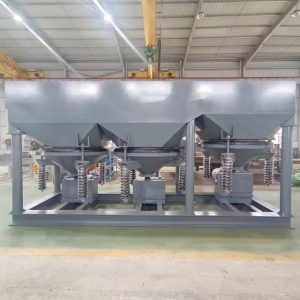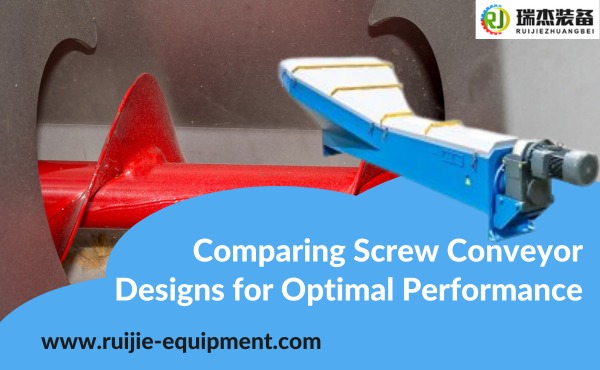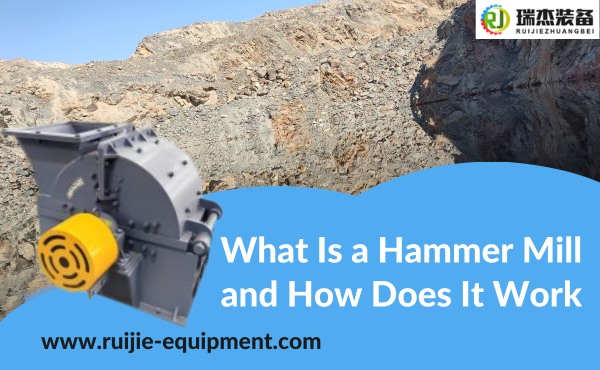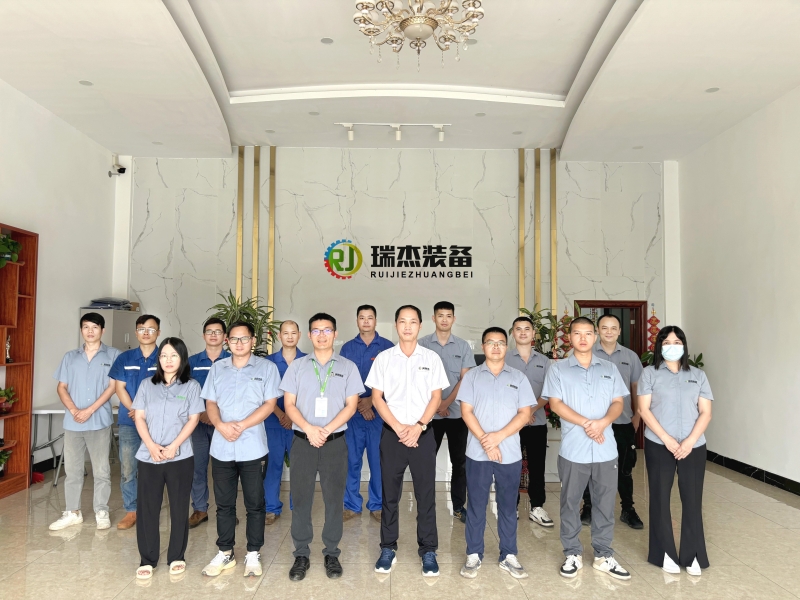Jigging separation uses gravity to sort materials based on density differences. This method plays a crucial role in barite beneficiation by isolating high-density barite from lighter impurities. It enhances barite quality, making it suitable for industrial applications. Industries favor jigging separation for its efficiency and cost-effectiveness, ensuring reliable results with minimal resource consumption.
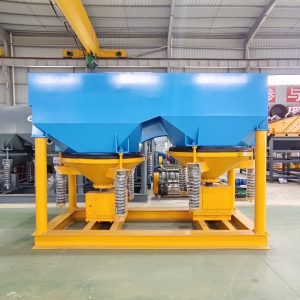
Understanding Jigging Separation
Principles of gravity separation
Gravity separation relies on the natural differences in density between materials to achieve effective sorting. This method uses gravitational force to separate heavier particles from lighter ones. In the barite gravity separation process, materials are placed in a medium, often water, where denser particles sink while lighter ones float.
The separation occurs due to the contrasting settling velocities of particles in the medium. This principle forms the foundation of jigging separation, which enhances the efficiency of sorting high-density barite from impurities.
The process is particularly effective for barite because of its high specific gravity compared to associated gangue minerals. By leveraging gravity, this method minimizes the need for chemical additives, making it an environmentally friendly option. Gravity separation also ensures that the barite retains its natural properties, which is crucial for its industrial applications.
Application of jigging in barite beneficiation
Jigging plays a vital role in barite beneficiation. It is one of the most efficient techniques for isolating barite from unwanted materials. The jigging process involves the use of a jig machine, which creates pulsating water currents to stratify materials based on density.
High-density barite settles at the bottom, while lighter impurities remain on top. This separation ensures that the final product meets the quality standards required for various industries.
The use of jigging in barite beneficiation offers several advantages. It achieves high recovery rates, ensuring minimal loss of valuable barite. Additionally, it is cost-effective and requires relatively simple equipment. This makes it a preferred choice among barite beneficiation methods. By focusing on density differences, jigging ensures precise separation, enhancing the overall quality of the barite.
Why Jigging Separation is Essential for Barite Beneficiation
Effective separation of high-density barite from impurities
Jigging separation is crucial for isolating high-density barite from impurities. Barite, known for its high specific gravity, often occurs alongside lighter gangue minerals. The jigging process effectively separates these materials by exploiting their density differences.
During the process, pulsating water currents stratify the particles. Denser barite settles at the bottom, while lighter impurities remain on top. This ensures a high-purity product suitable for industrial applications.
The ability to achieve precise separation makes jigging an essential part of barite beneficiation methods. It minimizes contamination, enhancing the quality of the final product. This purification process is particularly important for industries like oil and gas, where barite is used as a weighting agent in drilling fluids. By removing impurities, jigging ensures that the barite meets strict industry standards.
Cost-efficiency and environmental benefits
Jigging offers significant cost-efficiency compared to other barite beneficiation methods. The process requires relatively simple equipment and consumes less energy, reducing operational costs. Its reliance on gravity separation eliminates the need for expensive chemical reagents, further lowering expenses. This makes it an economically viable option for large-scale barite beneficiation.
In addition to cost savings, jigging provides environmental benefits. The process uses water as the primary medium, avoiding harmful chemicals that could damage ecosystems. Its eco-friendly nature aligns with the growing demand for sustainable beneficiation practices. By combining cost-efficiency with environmental responsibility, jigging stands out as a preferred method for barite purification.
The Process of Jigging Separation
Step-by-step overview of the jigging process
The jigging method follows a systematic approach to achieve effective separation of materials based on density differences. The process begins with the introduction of raw barite into the jig machine. This equipment uses a sieve bed to hold the material while water flows through it.
Pulsating water currents create alternating upward and downward movements, which stratify the particles according to their densities. Denser barite particles settle at the bottom layer, while lighter impurities rise to the top.
Operators adjust the pulsation frequency and amplitude to optimize the separation process. Once stratification is complete, the layers are carefully removed. The purified barite is collected from the bottom, while the upper layers containing impurities are discarded or processed further. This step-by-step approach ensures precise separation, making the jigging method a reliable choice for barite beneficiation.
Role of water and pulsation in achieving separation
Water plays a critical role in the barite gravity separation process. It acts as the medium that facilitates particle movement and stratification. Pulsation, created by the jig machine, enhances the separation by generating rhythmic water currents.
These currents lift and drop the particles repeatedly, allowing denser barite to sink while lighter impurities float. The combination of water and pulsation ensures efficient wet and dry jig separation.
The pulsation frequency directly impacts the effectiveness of the process. Higher frequencies improve the stratification of fine particles, while lower frequencies work better for coarse materials. By controlling these variables, operators achieve optimal purification of barite. This reliance on water and pulsation highlights the eco-friendly nature of jigging separation, as it avoids the use of harmful chemicals.
Advantages and Limitations of Jigging Separation
Benefits of Jigging Separation
Jigging separation offers several advantages, making it a preferred choice among barite beneficiation methods. One of its primary benefits is its ability to achieve high recovery rates.
The process effectively separates high-density barite from lighter impurities, ensuring minimal loss of valuable material. This efficiency enhances the overall yield, making it suitable for large-scale operations.
Another significant advantage is its low operational cost. Jigging relies on gravity separation, which eliminates the need for expensive chemical reagents. The equipment used in this process is relatively simple and requires less energy compared to other methods.
These factors contribute to reduced expenses, making jigging an economical option for barite purification. Additionally, its reliance on water as the primary medium aligns with sustainable practices, further enhancing its appeal.
Challenges of Jigging Separation
Despite its benefits, jigging separation has certain limitations. One of the main challenges lies in its difficulty in processing fine particles. The process works best with coarse or medium-sized materials, as fine particles may not stratify effectively. This limitation can reduce the efficiency of separation when dealing with finely ground barite.
Another challenge is the need for skilled operators. The effectiveness of the jigging process depends on precise adjustments to variables like pulsation frequency and amplitude.
Operators must have a thorough understanding of the equipment and the material being processed to achieve optimal results. This requirement for expertise can increase training costs and limit its accessibility in regions with a shortage of skilled labor.
Conclusion
Jigging separation remains a vital method in barite beneficiation. It improves barite quality by effectively isolating impurities, ensuring a high-purity product. Its cost-efficiency and eco-friendly nature make it a preferred choice for industries. This method supports diverse applications, offering reliable results while maintaining sustainability in mineral processing.

